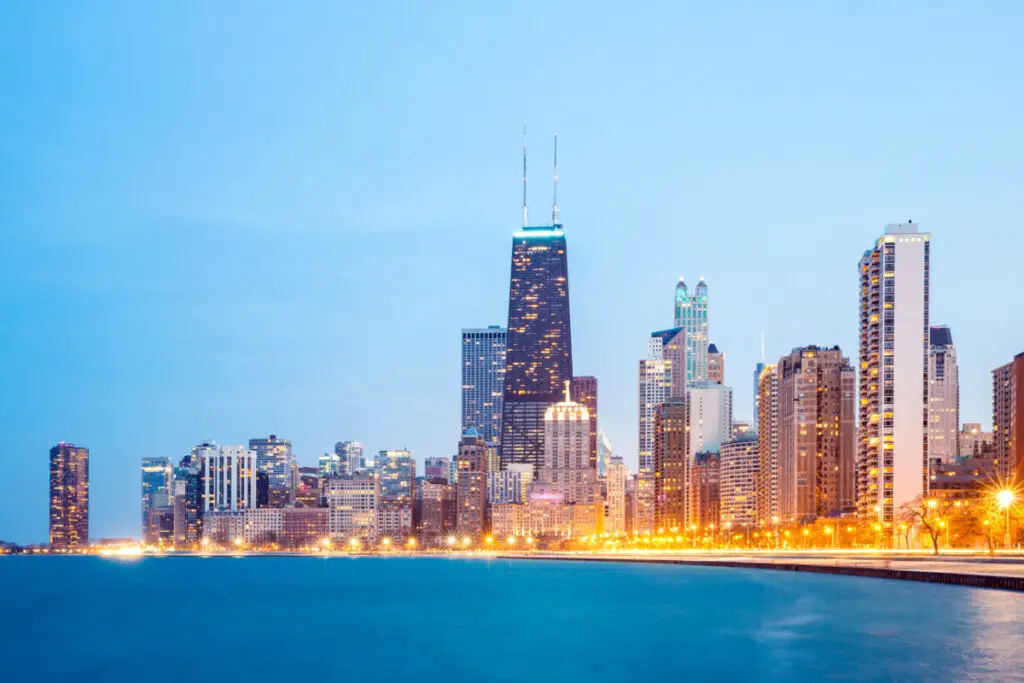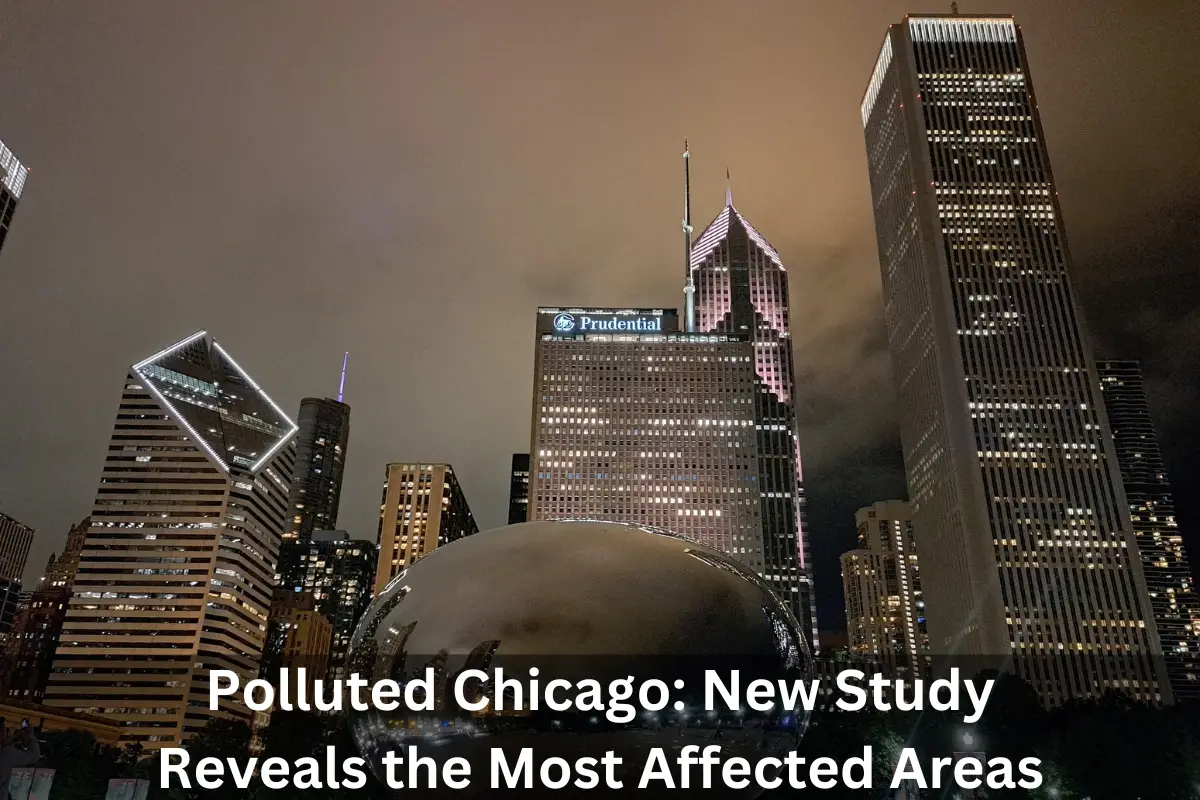A new study from Northwestern University has found that lakefront neighborhoods and communities close to Chicago’s major highways are the areas most affected by certain types of air pollution.
The report, which is the first of its kind to model air quality at a neighborhood level, revealed:
- Areas near expressways are the most polluted with fine particulate matter like smoke and dust, and nitrogen dioxide.
Nitrogen dioxide is a highly reactive, toxic gas that can lead to difficulty in breathing, burning eyes and throat, and even lung damage.
- Lakefront residents breathe in the most ozone
Ozone has a chemical-like smell and can cause nausea and headaches, and lead to brain damage and heart disease.
The American Lung Association’s 2023 State of the Air report also found that the Chicago metro area’s ozone and year-round particle pollution levels are among the 25 highest in the nation.
Overall, these air pollutants can irritate our respiratory system and cause respiratory problems.
To complete the study, the research team created a model that estimates air quality at a neighborhood level every hour, using emissions to simulate how pollutants form, spread, and change due to weather, sunlight, and other gases in the air.
The simulation shows pollution by 1.3-kilometer blocks, making the data “socially relevant,” according to Anastasia Montgomery, the report’s lead author.
While some of the results were intuitive, such as higher nitrogen dioxide levels near highways and industry-heavy areas on the South and West sides, other findings may be surprising to Chicagoans unfamiliar with the science behind air pollution.
Lake Michigan, for instance, acts as a basin for ozone, meaning that the pollutants that combine to make ozone get sucked onto the lake, mix, react and create ozone.

Unfortunately, the federal government only has a few sensors in the region for each type of pollutant, this means that pollution data for areas located in between those sensors must be estimated – the Northwestern team’s model helps fill in those gaps.
The team will continue its research by investigating the health effects of air pollution modeled in the simulation.
As Montgomery notes, “Who’s living in an area is just as important as the level of pollution, if you’re thinking about the social side of things.”
The findings also highlight the need for the city and state to take more action on reducing air pollution.
Regulators now have the data they need to take action, and must now think about reducing the amount of vehicular traffic that generates emissions.
Models like the Northwestern team’s are useful to test out policies and what-if scenarios, but it’s also important to have a robust monitoring network to capture unexpected things, says Montgomery.
Citizen science projects like PurpleAir monitors can help fill in the gaps between federal sensors.
Chicago’s Air Quality and Health Report found in 2020 also found that South and West side communities bisected by major highways have high concentrations of air pollution.
Plentiful Air has more information on nitrogen dioxide, and how to remove it, available here.


